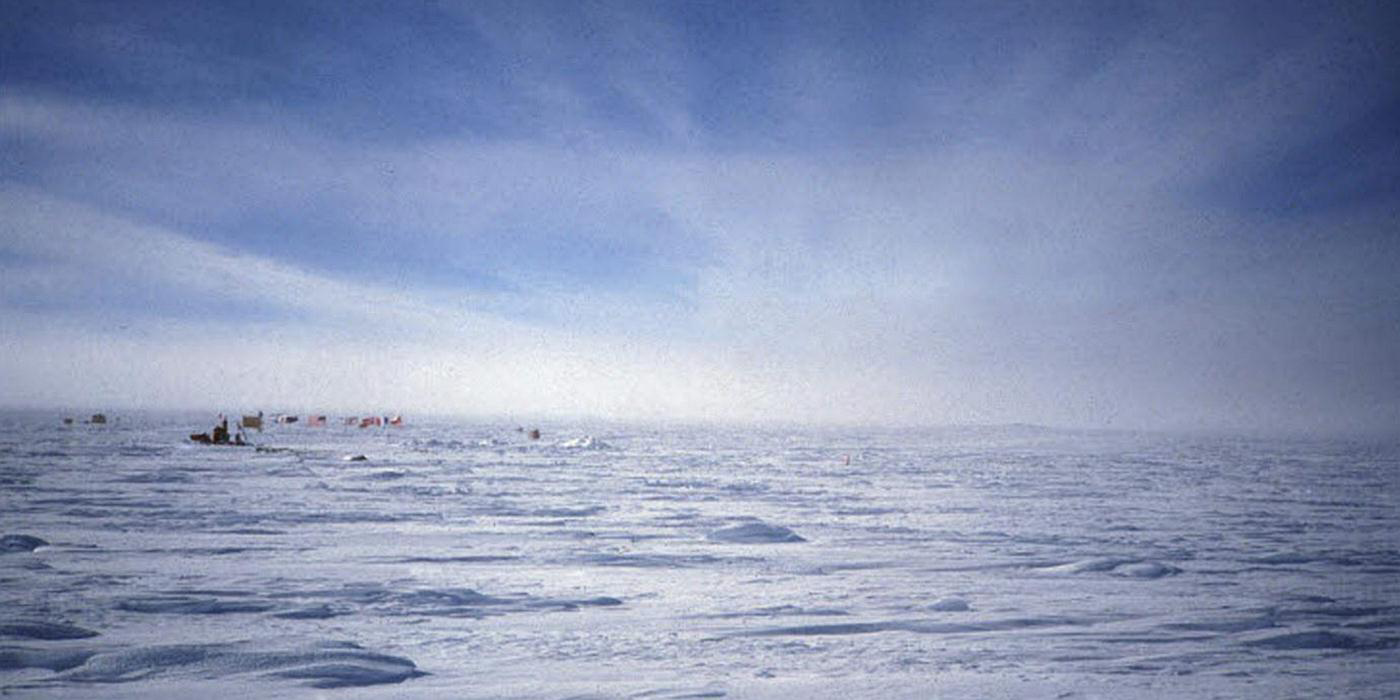This article is an excerpt from Chapter four in my new book The Chicken Little Agenda – Debunking Experts’ Lies. You can find out more about the book here, and can order the book from this link. This is the fourth of eight parts for Chapter four that will be presented here sequentially. Read part three here.
Chapter 4
Nuclear Power, Solar Power, and Things Beyond
Nuclear Fusion
Nuclear waste is a trivial technical problem but a huge political one. Burning biomass to produce energy is the most popular alternative, but this also produces the highest level of greenhouse gases. One elegant solution solves the entire problem. Simply by switching to Breeder Reactor technology, in one fell swoop we have sufficient power for all our needs into the foreseeable future, we eliminate greenhouse gases as a byproduct of power generation, we eliminate nuclear waste, we eliminate the need to scour the Earth in search of more nuclear fuel, and since a Plutonium mix can’t be used for bomb production under any circumstances, this never was a problem in the first place.
Okay, but a Breeder Reactor still is nuclear, and no matter what we say here, the Greens have so poisoned the public mind that we have to win a tremendous uphill battle to enable this solution. As a society, we definitely believe the sky is falling.
Fortunately, a second elegant solution exists, or at least is on the horizon. Fission, as we have learned here, consists of splitting a heavy atom into smaller parts, releasing energy in the process. Some of the original matter actually converts to energy according to Einstein’s famous equation: e = mc2. Another nuclear process, called fusion, consists of joining together two light atoms to form a heavier atom, releasing energy in the process–much more energy than with a fission reaction. We observe this reaction in our sun, and we have learned to apply it in a thermonuclear bomb, which is thousands of times more powerful than a nuclear bomb. We haven’t quite yet learned, however, to control the fusion reaction as we control fission.
Containing the energy released in a fission reaction is relatively trivial and easily accomplished. We do this literally everywhere on Earth in nuclear reactors. The amount of energy released in a thermonuclear reaction, however, is enormously greater and very much more difficult to contain. Furthermore, the amount of power required to initiate the reaction is very great. Scientists have been working on the problem since the 1950s, inching towards a solution, but they are not there yet. Several research teams have developed sustained fusion reactions that produce more energy than they use, but the difference is small and the duration is short. Informed scientists insist that it will happen–they just don’t know when. So for now, on this one, we watch and wait.
A third elegant answer to the entire problem waits in the wings.
© 2006 – Robert G. Williscroft





Sorry, comments are closed for this post.